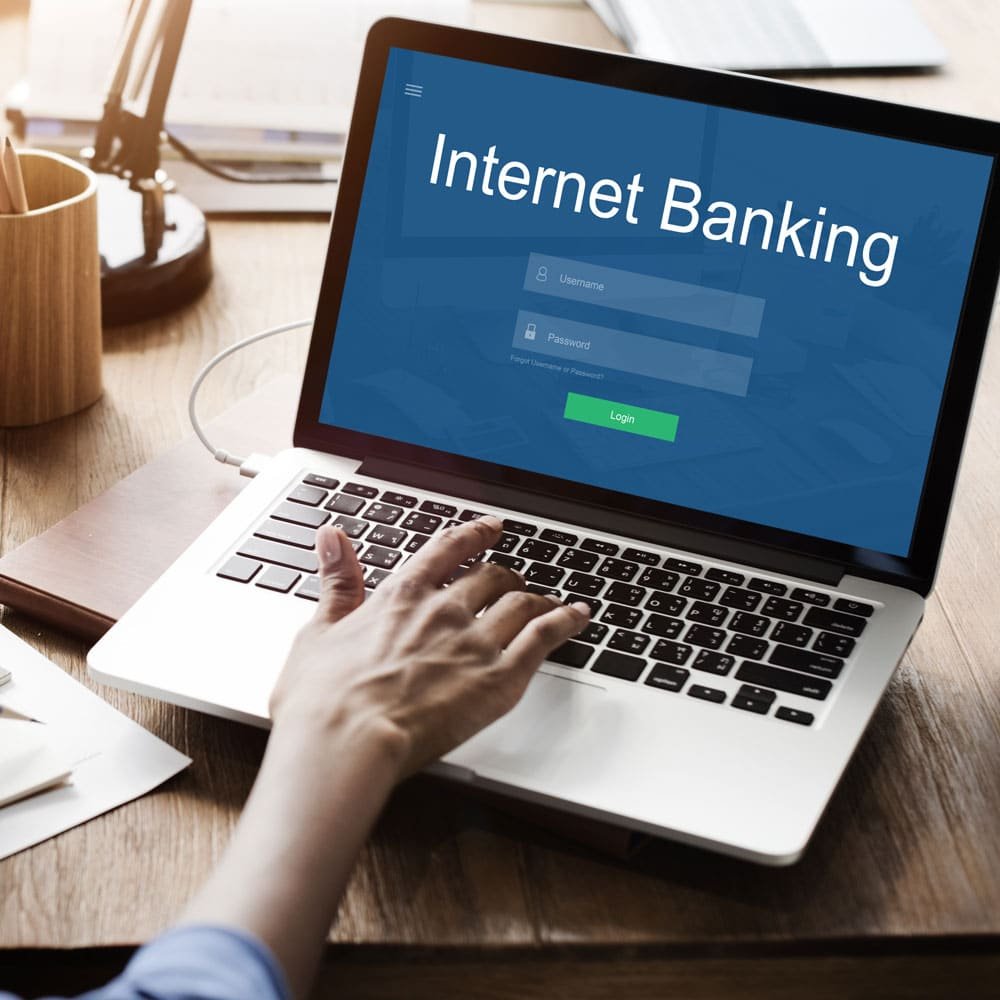In today’s fast-paced digital era, online banking has become a cornerstone of modern financial management. Gone are the days of long queues at bank branches; now, with a few clicks or taps, we can manage our finances from the comfort of our homes or on the go. Online banking offers unparalleled convenience, security, and efficiency, making it an essential tool for individuals and businesses alike. This blog post will delve into the various aspects of online banking, its benefits, challenges, and the future trends shaping this vital service.
1. The Rise of Online Banking
The Evolution of Banking
Banking has come a long way from the days of ancient moneylenders and rudimentary banking systems. The evolution of banking technology has been rapid, especially with the advent of the internet. Traditional banking has progressively integrated digital solutions, culminating in the sophisticated online banking systems we use today.
Early Online Banking Services
Online banking began to take shape in the late 20th century, initially as simple information retrieval services provided by banks. These early systems allowed customers to view account balances and recent transactions. As technology advanced, online banking services expanded to include bill payments, fund transfers, and eventually, comprehensive financial management tools.
The Role of Mobile Banking
Mobile banking has further revolutionized online banking. With the proliferation of smartphones, banking apps have become increasingly popular, offering users the ability to perform a wide range of banking activities directly from their mobile devices. This shift towards mobile banking has significantly increased accessibility and convenience, making banking services available 24/7.
Cryptocurrency and Online Banking
Cryptocurrency has added a new dimension to online banking. Many online banking platforms now offer features that allow users to buy, sell, and manage cryptocurrencies. This integration of digital currencies into online banking systems reflects the growing acceptance and mainstream adoption of cryptocurrencies.
2. Benefits of Online Banking
Convenience and Accessibility
One of the most significant advantages of online banking is the convenience it offers. Customers can access their accounts, check balances, and perform transactions anytime and anywhere. This level of accessibility is particularly beneficial for those with busy schedules or limited mobility.
Efficiency and Time-Saving
Online banking eliminates the need to visit a physical branch for most transactions. Whether it’s transferring money, paying bills, or applying for a loan, these tasks can be completed in minutes online. This efficiency translates to substantial time savings for users.
Enhanced Security
Contrary to some misconceptions, online banking is highly secure. Banks employ robust security measures, including encryption, two-factor authentication, and fraud detection systems, to protect customer data and transactions. Additionally, many banks offer real-time alerts to notify customers of any suspicious activities.
Financial Management Tools
Online banking platforms come equipped with a variety of tools to help users manage their finances more effectively. Features such as budgeting tools, spending trackers, and investment options provide valuable insights and assist in making informed financial decisions.
Cost Savings
Online banking can also lead to cost savings for both banks and customers. Banks can reduce operational costs by minimizing the need for physical branches, and these savings are often passed on to customers in the form of lower fees and better interest rates.
3. Common Online Banking Services
Account Management
Online banking allows users to manage multiple accounts from a single platform. Customers can check balances, view transaction history, and download statements with ease. Some banks also offer the ability to open new accounts and apply for credit cards online.
Fund Transfers and Payments
Transferring funds between accounts or making payments has never been easier. Online banking enables quick and secure domestic and international transfers. Customers can also set up automatic payments for recurring bills, ensuring they are never missed.
Loan Applications and Management
Applying for loans online is straightforward and convenient. Many banks offer online application forms for personal loans, mortgages, and business loans. Users can track the status of their applications and manage loan repayments through their online banking accounts.
Investment Services
Online banking platforms often provide a range of investment options, including mutual funds, stocks, and bonds. Customers can research, buy, and sell investments directly from their online banking accounts. Some banks also offer robo-advisors to help users build and manage their investment portfolios.
Customer Support
While online banking reduces the need for in-person visits, customer support remains crucial. Banks offer various channels for support, including live chat, email, and phone support. Many online banking platforms also feature comprehensive FAQs and tutorials to assist users.
4. Challenges and Risks of Online Banking
Security Concerns
Despite the robust security measures in place, online banking is not immune to risks. Cyber threats such as phishing, malware, and hacking pose significant challenges. Users must be vigilant and adopt best practices, such as using strong passwords and regularly monitoring their accounts for suspicious activity.
Technical Issues
Technical glitches and system outages can disrupt online banking services. While banks strive to minimize downtime, these issues can still occur, causing inconvenience to users. It’s essential for banks to have reliable IT infrastructure and contingency plans to address such situations.
Privacy Concerns
Privacy is another critical concern in online banking. Customers’ personal and financial information is sensitive, and any data breach can have severe consequences. Banks must adhere to strict privacy policies and regulations to protect customer data.
Access and Digital Divide
Not everyone has access to the internet or is comfortable using digital technologies. This digital divide can exclude certain populations from the benefits of online banking. Banks need to consider these disparities and ensure that alternative banking options are available.
Fraud and Identity Theft
Fraud and identity theft are persistent threats in the online banking world. Fraudsters constantly devise new schemes to steal personal information and money. Banks and customers must work together to stay informed about the latest scams and take preventive measures.
5. Future Trends in Online Banking
Artificial Intelligence and Machine Learning
Artificial intelligence (AI) and machine learning (ML) are set to transform online banking. These technologies can enhance security through advanced fraud detection and provide personalized customer experiences. Chatbots powered by AI can offer real-time assistance, making customer support more efficient.
Blockchain Technology
Blockchain technology, the backbone of cryptocurrencies, is gaining traction in online banking. It offers a secure and transparent way to record transactions, reducing the risk of fraud and errors. Some banks are exploring blockchain for cross-border payments and other financial services.
Open Banking
Open banking is an emerging trend that allows third-party developers to build applications and services around a financial institution’s data. This can lead to innovative solutions and more competitive financial services. Customers can benefit from greater choice and better integration of financial products.
Biometric Authentication
Biometric authentication, such as fingerprint and facial recognition, is becoming more common in online banking. These methods provide an additional layer of security, making it harder for unauthorized individuals to access accounts.
Sustainability and Green Banking
Sustainability is becoming a priority for many financial institutions. Online banking can contribute to this goal by reducing the need for paper-based transactions and physical branches. Banks are also investing in green technologies and offering eco-friendly financial products.
Online banking has revolutionized the way we manage our finances, offering unmatched convenience, efficiency, and security. While it comes with its challenges and risks, the benefits far outweigh the drawbacks. As technology continues to evolve, so will the capabilities and features of online banking, making it an even more integral part of our daily lives.
We hope this comprehensive guide has provided you with valuable insights into online banking. If you have any questions, experiences, or thoughts to share, we invite you to leave a comment below. Your feedback is important to us and can help others in the community better understand and navigate the world of online banking.
Happy banking!






